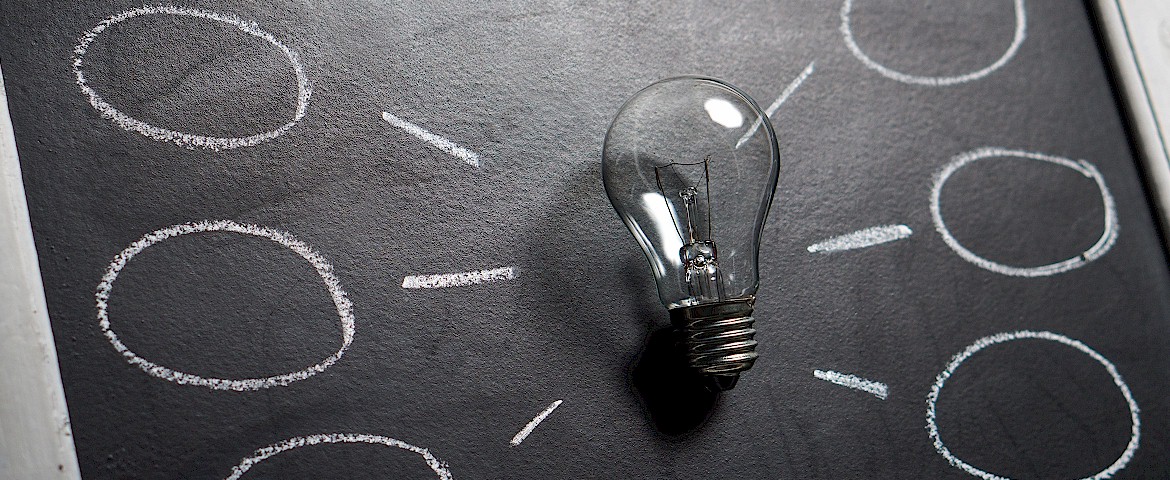Non-verbal communication
When it comes to our working lives, being able to communicate effectively and understand others is key. But did you know that study’s show that up to 65% of communication is nonverbal? What we say is only a small part of how we communicate. Therefore, understanding nonverbal cues, and how to read body language in the workplace is crucial.
What is Body Language and How Does it Work?
Body language is how we communicate with another non-verbally, meaning without words. It is reading subtle and non-subtle gestures and movements that we often make unconsciously. These include your hands, your facial expressions, or your posture. There are 7 types of body language that you will want to learn and pay attention to when interacting with other people. Although, there are many types of nonverbal cues, these are typically the most important and easiest to read.
Facial expression:
This is the one that is most important, but also something we inherently understand from a young age. The face will express happiness, anger, sadness, confusion, doubt, agreement, and fear. Common facial expressions are universal, regardless of race or culture. But the look on someone’s face can help you decide whether you trust them or not. They can also show if someone is trusting what you are saying, or even taking it in at all. The arching of an eye brow, a frown, or a smirk, are all telling signs.
The eyes:
They say the eyes are the gateway to the soul, for good reason. The eyes reveal a great deal about how someone is feeling. When you are communicating with someone, and they are looking right at you, it shows that they are interested in what you have to say and that they are paying attention. Blinking of the eyes is natural and something that we do subconsciously. You may want to pay attention to how many times someone you are interacting with blinks. Blinking can be an indication of that they are anxious or stressed about something. Also, the pupil size of the eye can indicate how a person is feeling.
Eye contact is an important type of nonverbal cue because the way someone looks at you can tell you different things. Also, if they smile at you, the eyes can tell you if it is genuine. Does the smile create creases around the eyes? If not, then they may be just being polite. Are their eyes slightly red or moist? They may be upset but trying to hide it.
The mouth:
If someone is biting or pressing their lips can indicate that the individual may be feeling worried, fearful, or insecure. An open mouth may show surprise or fear. A curled or lop-sided mouth may show contempt. Covering of the mouth while talking can be a sign that person is trying to hide something.
Gestures:
Waving, pointing, and using fingers in gestures are not the same in all cultures. However, if someone is clenching or flexing their fists this is typically a sign of anger or stress. Additionally, if someone is saying they agree with you, but shaking their head, then this could be a cue for you are being disingenuous.
Physical space:
Space is important to all of us. You will want to pay attention to how far or close someone is to you. Leaning in while speaking softly is a sign they want to share a confidence with you. But leaning in aggressively is a dominant act and can be an attempt to force a point of view.
Another act of dominance can be taking up more space in the room than others. These include feet on the table, arms behind the back of the head, leaning back on a chair. All designed to take up more space and subconsciously make others in the room feel inferior. When standing, this could mean someone stands with their feet wide, while having hands on the hips. Likewise, someone who sits in the back of the room and tries not to take up space is the exact opposite. They want to go unnoticed and this could be due to lack of confidence, or insecurity of the situation.
The arms & legs:
The crossing the arms can indicate that someone is on the defensive. This may also mean they are uncomfortable or feel under pressure. If someone crosses their legs away from you, it may indicate that they dislike or are not comfortable around you.
Posture:
Your posture speaks volumes and is closely related to how someone takes up physical space. Posture can tell how someone feels and give insights into an individual’s personality. It provides external cues if someone is insecure or confident, or if they are open to the current discussion. For example, if someone has arms spread, shoulders square, straight back, and head up, then they have an open posture. They are engaged with the situation or other person.
Likewise, if they have their arms or legs crossed, hunched or shoulders and head down, then they are closed. This means they are feeling uncomfortable, defensive, disheartened, or uninterested in what is being said.
How to read body language quickly
Body language in during an interaction can change, depending on how well or badly things go. So you need to pay attention. The main parts of the body you should pay attention to, to identify nonverbal cues are:
> Look at the face and see if the eyes match the facial expression
> Pay attention to how much space is between you, and how much physical space they are taking up.
> Monitor physical posture, including if their arms and legs are crossed, to see if they are open or closed to you.
> Does what is being said, verbally, match their non-verbal cues?
> Be mindful of your own non-verbal cues, not just those around you.
Final thoughts
Remember that most of our body language comes from what we do not say. It is in our gestures, the look on our face, how near or far we are from someone. How open or closed we are to certain people and certain topics show in our posture. Likewise, we do these things unconsciously. Learning how to read body language is important for success when it comes to dealing with people in your everyday life. Reading body language is a skill that can be acquired through practice, reflection, and observation. Knowing how to read body language will help you communicate effectively with other people and will help you know just where you stand with them. Being mindful of our own automatic reactions to situations, as well as those reactions in others is equally important. This is because it also enables you to change the way you interact with dominant people, and less confident people, and understand better what motivates them.

